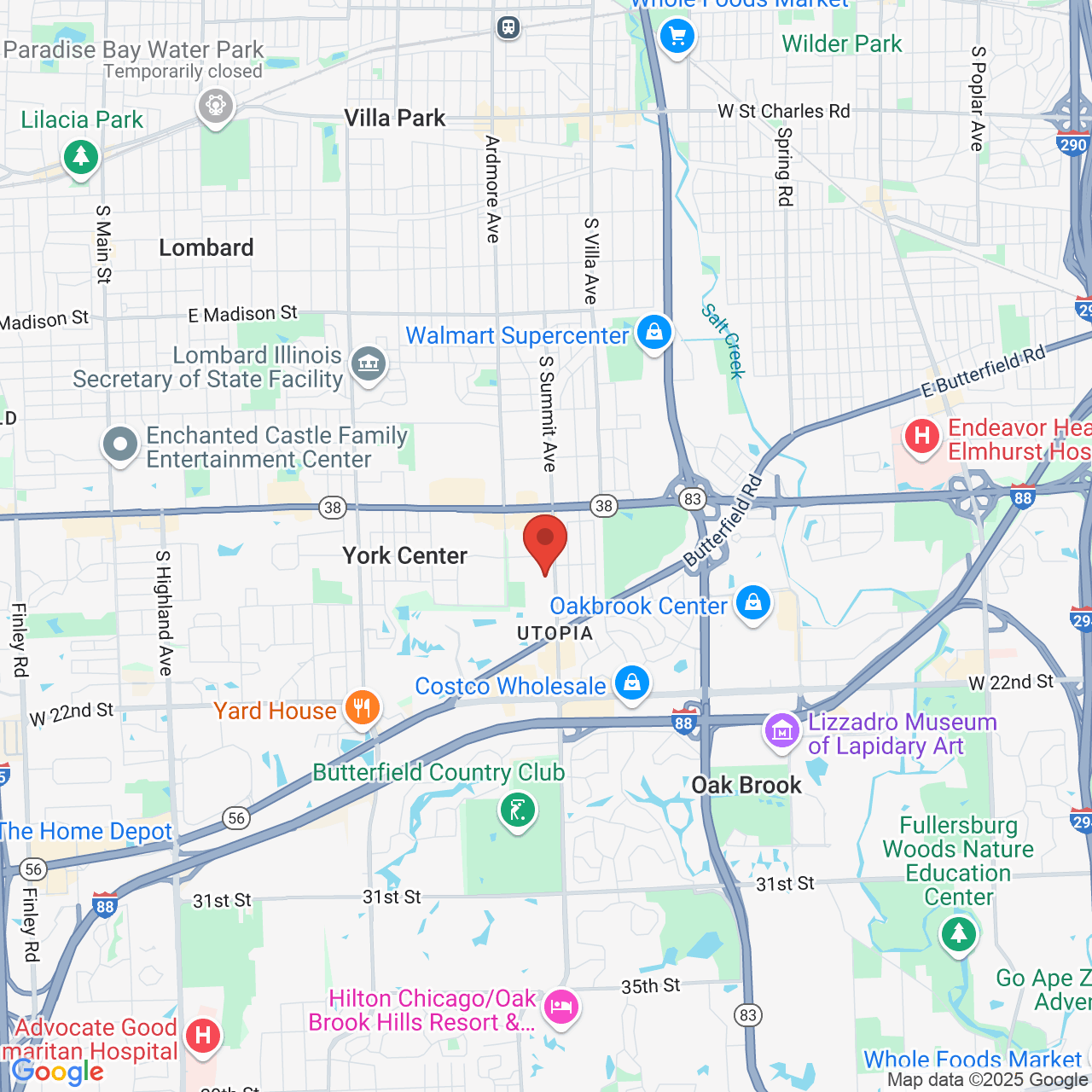How to Sleep after FUE Hair Transplant
 FUE, or follicular unit extraction, is a hair transplant technique that restores a fuller, thicker hairline for patients suffering from male or female pattern baldness. FUE utilizes small, circular incisions to transplant individual follicular units. This technique results in less noticeable scarring than the strip technique; it is a popular choice at the Chicago Hair Institute.
FUE, or follicular unit extraction, is a hair transplant technique that restores a fuller, thicker hairline for patients suffering from male or female pattern baldness. FUE utilizes small, circular incisions to transplant individual follicular units. This technique results in less noticeable scarring than the strip technique; it is a popular choice at the Chicago Hair Institute.
FUE typically results in a shorter and smoother recovery than the strip technique, but post-surgical care is still important. A common concern many patients have is how to sleep after FUE hair transplant surgery. Our doctors are happy to provide our Chicago, IL, patients with tips for sleeping to promote an easy and successful recovery.
Sleep with the Head Elevated
Sleep position is very important after FUE hair transplant. The most common side effect of hair transplant surgery is inflammation. Blood and fluids gather around the treatment site to deliver oxygen and nutrients that are essential to healing. Although inflammation is a natural part of the recovery process, patients should take measures to minimize swelling.
To control surgical swelling, our Chicago patients should sleep on their back with their head elevated at a 45-degree angle. This sleeping position should be used for at least the first few days after surgery. If patients do not have a mattress that adjusts, they can prop the head and upper back with pillows, or consider sleeping in a recliner during the initial recovery period.
Make Sure Sheets and Pillowcases Are Clean
The risks of hair transplant surgery are low, but infection is always a concern after any type of surgery. To minimize the risk of infection, patients need to keep donor and transplant sites clean. They should make sure that the sheets and pillowcases they are sleeping on are clean. We recommend washing sheets with a laundry detergent that is free of dyes or scents that could irritate sensitive skin around incision sites.
Consider Protecting Pillows with a Towel
FUE hair transplant does not result in significant bleeding, but there may be some leakage in the first few days following treatment. To protect pillowcases from stains, patients should cover them with a soft, dark towel. A towel will absorb fluids so that patients don’t have to worry about the condition of their sheets. If a towel is placed over the pillow, it should be washed prior to use.
Get Plenty of Rest
Rest is an important part of any surgical recovery. Although some patients may feel a uncomfortable sleeping with their head at an incline, it is best to get a full night’s sleep. Patients should aim to get at least eight hours of sleep each night for the first several days of FUE recovery. Most importantly, listen to the body’s cues and rest whenever necessary.
Contact Us
FUE is a safe and effective solution for most cases of hair loss. If you would like to learn more about this procedure, or the other treatments offered at Chicago Hair Institute, contact us at your earliest convenience. You can also schedule an appointment with one of our experienced doctors by calling our practice.





